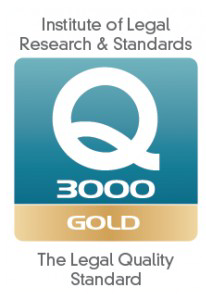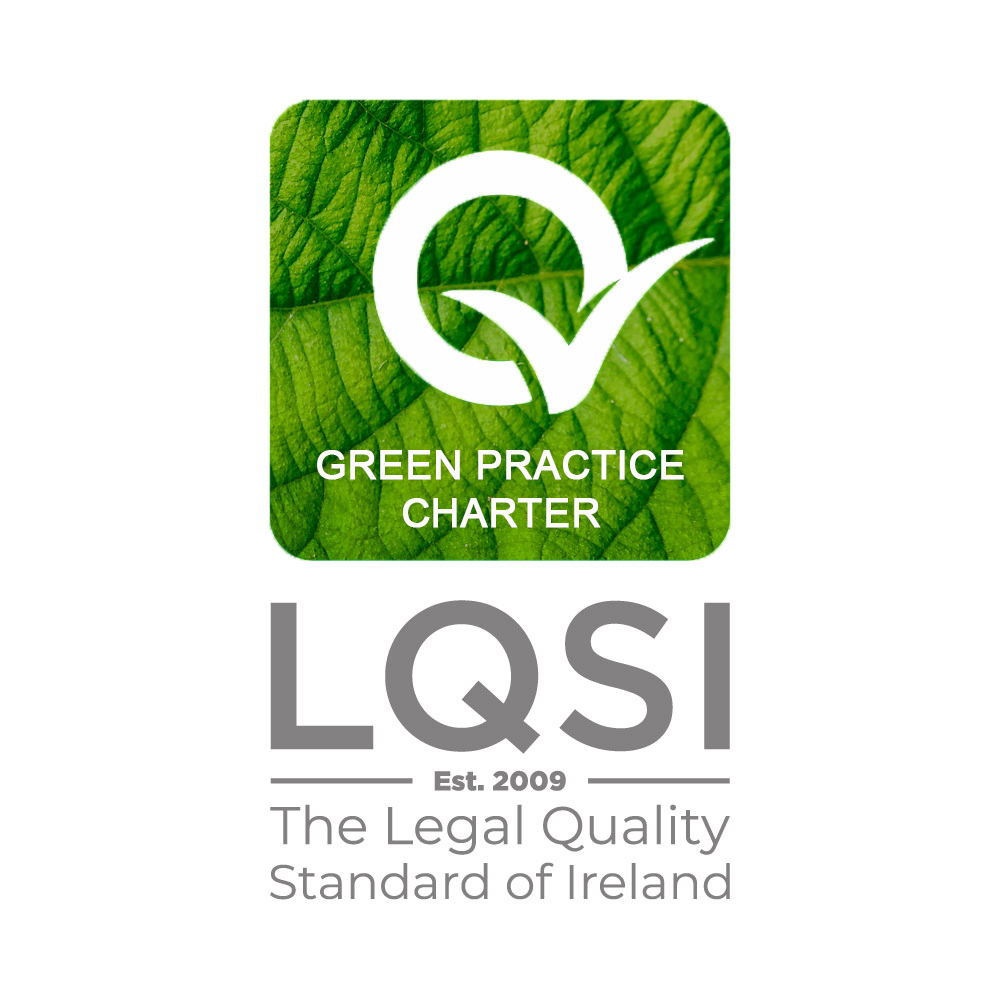
Ireland is poised to align with the European Union’s latest migration pact, a collective stride towards managing the increasing influx of individuals seeking a new beginning on Europe’s shores. This move beckons a pivotal question for Ireland: how will this affect our approach to immigration?
The accommodation of those arriving, including Ukrainian refugees and those seeking international protection, has sparked considerable debate, catapulting the issue to the forefront of our political discourse amid recent protests and unfortunate incidents.
It’s become apparent that Ireland’s approach needs a rethink, to tailor a solution that resonates with our unique societal fabric while harmonising with our international countries.
Reflecting on the past, the Dublin Convention, established over two decades ago when migration was but a mere trickle, allowed for the return of asylum-seekers to their first EU port of call. However, recent years have shown the inadequacy of this system, with countries like Greece and Italy bearing an unsustainable burden.
Justice Minister Helen McEntee has recently enlightened the Government on the nuances of the new pact and Ireland’s role within it. The blueprint for collaboration extends to addressing labour market demands and the demographic shifts poised to reshape Europe, including Ireland. This entails a strategic embrace of the skills and workforce necessary to ensure our nation’s prosperity.
The European Commission’s vision for the pact encompasses a holistic approach: from streamlining procedures and securing borders to fostering international partnerships and providing legal pathways into the EU. This initiative aims to recalibrate migration management, making it a sustainable facet of our future.
The implications of this pact for Ireland are multifaceted. While it may herald an uptick in migration, the narrative is one of cautious optimism. Migration has historically been a catalyst for economic vitality in Ireland, plugging gaps in the labour market across various sectors.
Yet, the shadow of the housing crisis looms large, intertwining with the broader dialogue on migration and its societal impacts.
Minister McEntee has hinted at the considerable groundwork required for Ireland to fully integrate into the EU Pact on Migration and Asylum, a venture that will necessitate a comprehensive overhaul of legislative and operational frameworks.
The pact’s ambition is clear: to foster a cohesive, efficient, and equitable system for managing migration and asylum across the EU, mitigating the phenomenon of secondary movements and aligning member states more closely.
In anticipation of these changes, Ireland is gearing up to enhance its deportation protocols, though details remain under wraps.
Key features of the pact include mandatory border procedures and expedited processes to deter unfounded applications, alongside a solidarity mechanism to alleviate the burden on frontline states, either through relocation quotas or financial contributions.
The latest statistics reveal a slight dip in asylum applications in Ireland, with a notable increase in the processing capacity of the International Protection Office. The goal for the coming year is ambitious, aiming to adjudicate a significant number of cases, reflecting a steadfast commitment to addressing this complex issue head-on.
In summary, as Ireland navigates the intricacies of the new EU migration pact, the path forward is one of careful consideration, balancing our humanitarian obligations with the practicalities of national interest and societal harmony.





